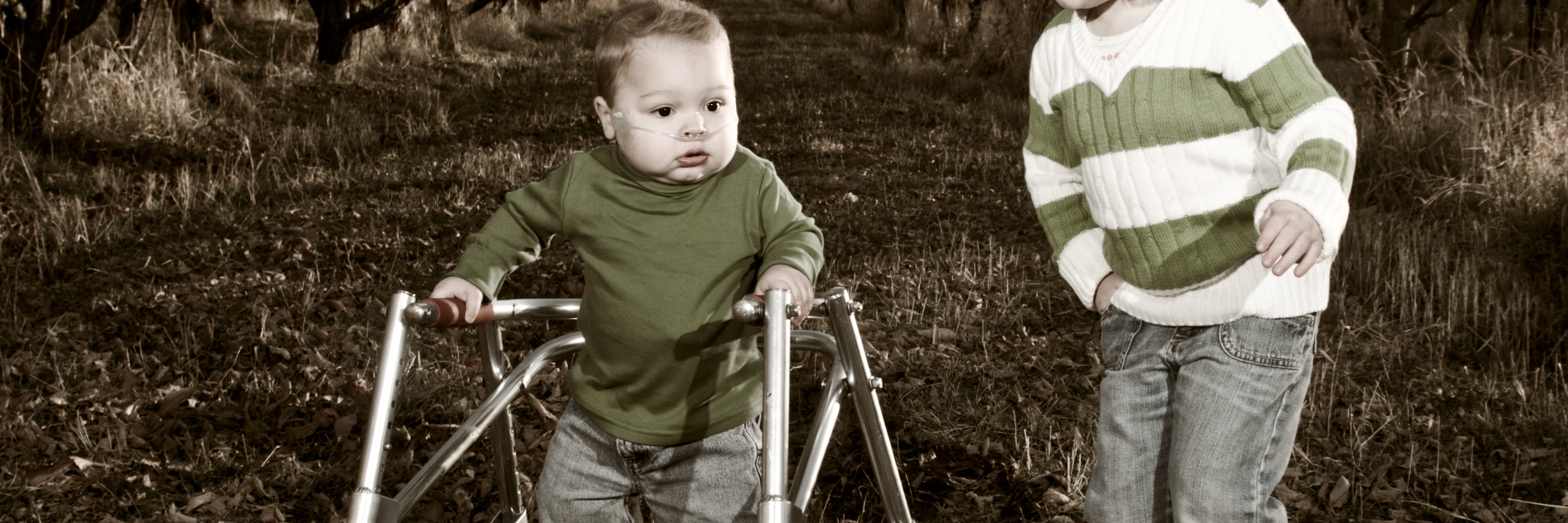The month of May has long been recognized as Stroke Awareness Month. But I want to ask you to stretch your beliefs about what you already know about stroke and to understand it impacts children of all ages as well. I want to encourage you to know the signs and know that a rapid response is just as important in a child as it is in an adult.
Maybe it isn’t your child. Maybe it’s a niece or nephew or your friend’s child, or even a friend of a friend’s new baby and you heard their unbelievable story passed down from word of mouth. But chances are, it will be someone’s child because the statistics aren’t as rare as most believe. One out of every 3,500 infants will be born having had a stroke. Beyond newborns, 1 out of every 20,000 children will have a stroke. I understand this may not seem possible. But it is. I was there once. I had never known that a child could possibly have a stroke, until it was mine. My child, my beautiful baby girl.
Almost five years ago we were given that medical diagnosis, perinatal ischemic stroke. We were shocked and speechless. The memories and emotions that came with it can still feel staggering to me at times. I assure you this is not just a moment our family faced; it’s a reality for countless families. For children of all ages.
Even though stroke is relatively common in children, scores of medical professionals have never treated a child who has had a stroke or received the education needed to diagnose it. It took over six months for my daughter to be diagnosed with the stroke she had been born with and further time to build the right medical team for her ongoing care. As parents, it took us even longer to find the right family support and to learn we were not alone.
When I think of all of this, and the fact there are so many other families with these same stories, whether from birth or with an older child, it leaves me with so many wishes for our children. I wish everyone knew about pediatric stroke and the reality for so many kids. Some days I underplay what it’s like, this journey with a child and stroke. Sometimes I guard my words and worry I will make someone uncomfortable with the facts about pediatric stroke. But, maybe just maybe, we need to make ripples in the water for change. I want the words to sink in, to mean something to you. To spark a desire to bring the needed visibility to awareness, to give our children’s generation and parents a voice.
A brain injury can’t be seen on the outside. You can’t see the void, the permanent damage on the right side of my daughter’s brain from her stroke. With a simple glance, you may not even notice that her left side is weak, that she can’t use both her hands equally or that her left heel never strikes the ground when she walks. Her little brain and body goes through tremendous work to process stimuli in the everyday world. And she’s not alone.
The Warriors: Of children surviving stroke, roughly 60 percent will have permanent neurological disabilities, most commonly hemiparesis or hemiplegia, a form of cerebral palsy. Beyond the initial stroke, there is the added risk of re-occurrence, the possibility of seizures and other long-term disabilities. Therapy and rehabilitation become a regular part of daily life throughout childhood. They deal with tests, surgeries, therapy and medication one day at a time. Caregivers will often get the bulk of the credit, praise for doing exactly what anyone would do out of love, but I believe the children are the warriors.
Be the change: A stroke can happen at any age. Yet with the limited information and resources out there about it, stroke is often the last thing thought about among many medical professionals or families when it comes to a child. Many well-meaning attempts with articles trying to bring awareness are overshadowed by calling stroke in children “rare.” Know this, a stroke is a medical emergency at any age, and the sheer chance that it can happen to your child demands attention to the signs of pediatric stroke.
The harshest reality is that stroke in children is among the top 10 causes of death. It has to matter. It has to matter to medical professionals so they can learn how to recognize it and how to treat it in a timely manner. It has to matter to anyone that has a child or works with children because if those signs of stroke are ever present, every. second. counts.
My hope, a hope shared by so many is that you will join in amplifying the awareness this May and be a voice for children. Cause a ripple effect in the knowledge that strokes in children of all ages are indeed real and how important it is to recognize the signs rapidly. If it makes a difference in one child’s life, then you can bet the awareness you shared is worth its weight in gold.
Learn more at pediatricstrokewarriors.org and join in the FAST campaign for kids at united4pediatricstroke.org

